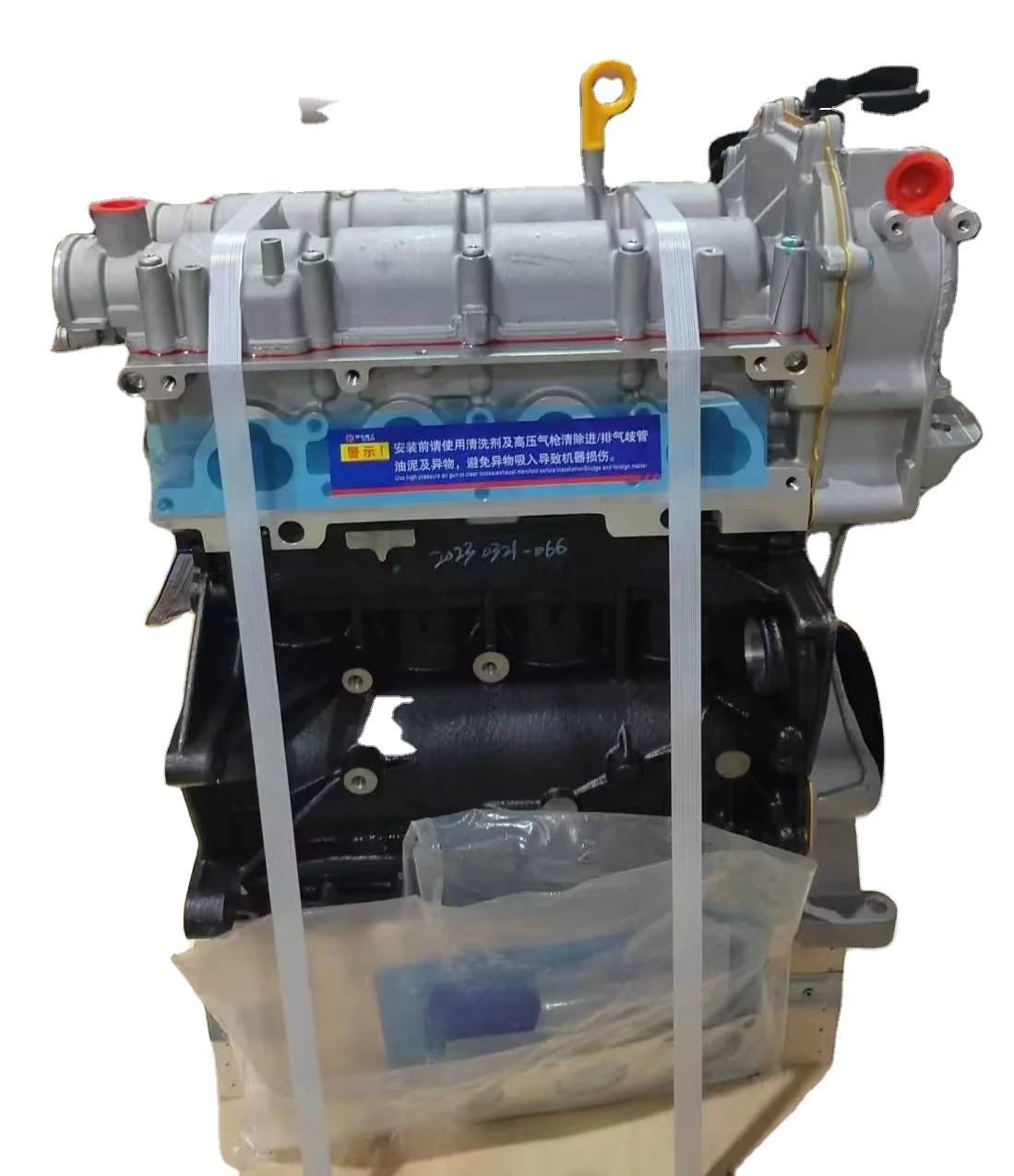How a Clp Engine Can Improve Efficiency in Numerous Industries
The advent of CLP engines notes a considerable change in operational effectiveness throughout numerous markets, driven by their capacity to maximize gas intake and minimize downtime. Industries such as manufacturing and logistics stand to gain substantially from their durable layout and consistent power result, which guarantee to enhance operations and enhance productivity. As organizations significantly focus on sustainability together with effectiveness, the duty of CLP engines becomes also more vital. What continues to be to be seen is how these developments will shape the future landscape of industrial operations and their influence on more comprehensive economic patterns (clp engine).
Introduction of CLP Engines
CLP engines, or Continuous Fluid Propellant engines, stand for a significant advancement in propulsion modern technology, particularly for room applications. These engines use a continual feed system that enables the sustained expulsion of propellant, resulting in boosted efficiency and efficiency contrasted to typical solid or hybrid propulsion systems. By preserving a constant flow of liquid propellant, CLP engines can attain much more specific thrust control, which is essential for steering spacecraft in various mission situations.
The design of CLP engines incorporates innovative materials and cutting-edge gas administration systems. clp engine. This causes reduced weight and enhanced reliability, vital factors for long-duration space goals. In addition, the continuous procedure minimizes the danger of burning instability, a common challenge in traditional rocket engines.

Advantages in Production
The production of Constant Fluid Propellant (CLP) engines provides a number of significant advantages that improve both effectiveness and cost-effectiveness. Among the primary benefits is the structured production procedure, which reduces the intricacy related to standard propulsion systems. By making use of fluid propellant, makers can achieve greater accuracy in engine performance, bring about optimized power result and lowered waste.
Additionally, CLP engines assist in a higher level of modularity, allowing for easier combination into numerous production lines. This adaptability can substantially reduce preparations and improve general functional flexibility. Using CLP technology also has a tendency to reduce the demand for comprehensive maintenance due to fewer relocating components, which equates into decreased downtime and functional costs.

Applications in Logistics
Leveraging Continual Liquid Propellant (CLP) engines in logistics offers substantial benefits in operational effectiveness and reliability. These engines give a robust solution for various transportation demands, enabling the seamless movement of items across huge distances. The intrinsic design of CLP engines permits consistent power output, which converts right into smoother and you could try here much more predictable transportation routines.
One of the essential applications of CLP engines in logistics is in durable products transport, where they can drive both ground and aerial cars. Their capacity to keep high performance under varying lots problems ensures that delivery timelines are satisfied, consequently improving consumer fulfillment. Furthermore, CLP engines can be integrated into automated logistics systems, assisting in real-time monitoring and optimizing route planning.
Additionally, the resilience of CLP engines lowers upkeep downtime, allowing logistics companies to maximize their functional capabilities. This is specifically useful in warehousing procedures, where effectiveness in handling and carrying products is important. As logistics proceeds to develop, the combination of CLP engines stands for a forward-thinking method that not just boosts performance yet additionally sustains the market's expanding demands for dependability and speed.
Effect On Energy Performance
Just How do Continuous Fluid Propellant (CLP) engines improve power efficiency in transportation? CLP engines use a regular circulation of fluid gas, maximizing combustion processes and preserving a stable drive outcome. This design reduces energy losses connected with standard burning engines, where fuel distribution can differ and bring about ineffectiveness.
The constant procedure of CLP engines permits a more efficient thermal cycle, resulting in index higher specific impulse contrasted to traditional engines. clp engine. This equates to reduced fuel intake for the exact same quantity of job done, significantly reducing functional expenses throughout different transport fields, consisting of aeronautics and maritime markets
Furthermore, the capacity of CLP engines to maintain optimal performance under varying tons conditions minimizes the requirement for frequent acceleration and deceleration, better improving gas performance. Improved energy performance not only adds to cost savings however additionally leads to lower greenhouse gas discharges, straightening with worldwide sustainability goals.
Future Trends and Innovations
Emerging developments in Continuous Fluid Propellant (CLP) engine technology promise to revolutionize the landscape of transportation performance and sustainability. As sectors pivot toward greener choices, CLP engines stand at the leading edge, integrating innovative materials and design methodologies Visit Website that improve efficiency while reducing environmental influence.
Among the most promising trends is the adoption of crossbreed systems that integrate CLP engines with renewable resource resources. This harmony can maximize fuel consumption and reduce discharges, lining up with worldwide sustainability objectives. In addition, developments in computational fluid characteristics (CFD) are promoting the design of more aerodynamically effective engines, resulting in lowered drag and boosted gas efficiency.
Additionally, the advancement of clever tracking systems is established to boost functional efficiencies. These systems leverage information analytics and IoT technology to maximize engine performance in real-time, making sure that the engines run within their most reliable parameters.
As study continues to explore alternative propellant formulations-- such as biofuels and artificial gas-- the future of CLP engines looks appealing. By harnessing these technologies, markets can not just boost their effectiveness yet also add dramatically to a cleaner, a lot more sustainable future in transport.
Final Thought
In conclusion, CLP engines represent a significant innovation in performance across several markets. Their capacity to maximize gas usage and minimize functional expenses, incorporated with a continual feed system, improves power output and functional integrity. The integration of innovative materials and fewer moving components reduces maintenance needs, while alignment with sustainability goals placements CLP engines as an essential modern technology for the future. Continued advancement in this field guarantees additional renovations in effectiveness and environmental efficiency.